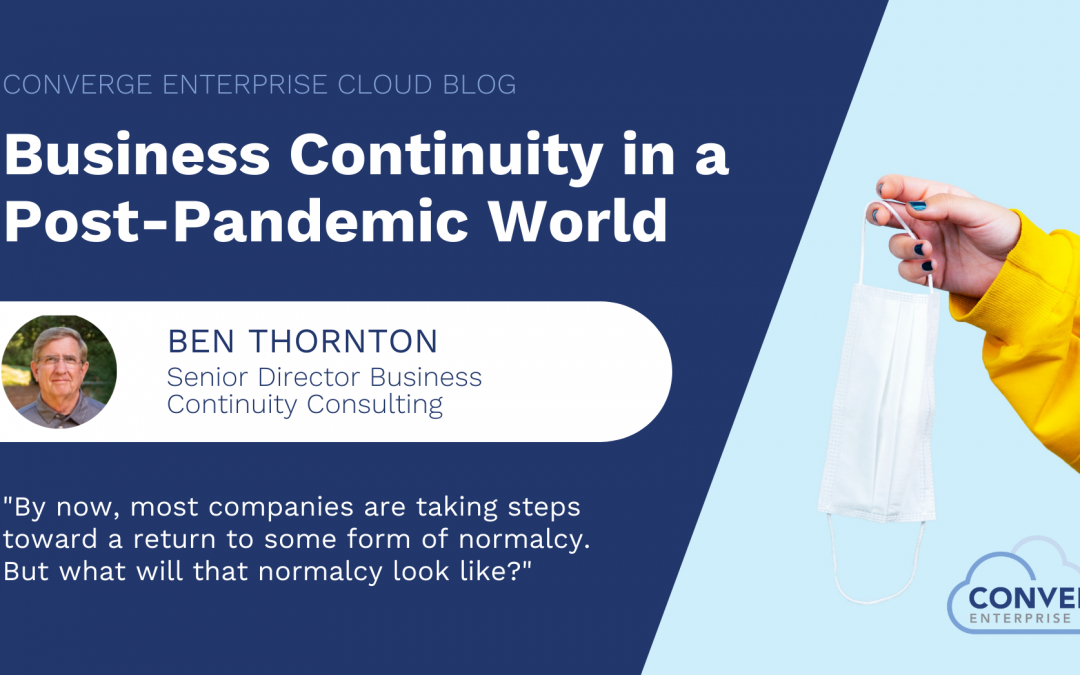By now, most companies are taking steps toward a return to some form of normalcy. But what will that normalcy look like?
Prior to COVID-19, most business continuity planning and preparation was focused on restoring business operations that primarily took place in a physical facility. A Business Impact Analysis (BIA) would be completed to identify how soon business functions needed to be recovered and what was required to recover them. Most of these requirements dealt with how many staff members needed to be working, how soon they needed to be functional, where staff could physically relocate to, and what equipment and other resources were required at the physical recovery location.
Rarely was Work-From-Home (WFH) seriously considered as a suitable recovery strategy. Why was that? Simple – Most integrated operational procedures and workflows involved paper records moving between functions and other departments. Think about an invoice being received in Accounts Payable. That invoice generally arrived in paper form in the mail room, where it was probably logged in, processed into the correct distribution mail slot, transported to the accounting department, routed to the proper person in accounting, logged into the accounting system, forwarded to the responsible organization for approval, returned to Accounts Payable, a payment created, and finally the payment rendered to the issuing vendor, and then here we go though the outbound mailing process. Whew!!
How do you replicate the recovery of that process by using a physical recovery facility? All of those movements were still required to happen in the correct sequence. That requires resolving a myriad of complex operational and technology issues.
So, why didn’t we solve that problem by redesigning the entire process so it could be handled electronically or paper-less? Simple, because it would be too time consuming and tedious to do if only done so for business continuity purposes. Additionally, it would involve providing ALL staff with the tools they would need to work remotely, such as laptops, mobile phones, suitable internet availability, and VPN access in many cases. Quite an investment, indeed!
COVID-19 turned out to be the driver that made that redesign not only possible, but mandatory! If companies were to be compliant with the rules for physical separation, the process redesign and investment in equipment had to be made.
But once those changes had taken place, companies were faced with a dilemma – do they go back to the old processes and facilities, or do they retain the new capabilities going forward in a post-COVID environment?
Great question – so how has it been answered? The answer – it depends! Some companies have already elected to return to their physical facility while retaining the WFH strategy and associated process improvements for business continuity purposes. Other companies have adopted a hybrid approach, allowing staff to work from the facility on some days and WFH on others. An advantage to this strategy is that it is essentially tested regularly as staff do indeed WFH. Other companies have elected to abandon their physical facility and have ALL staff WFH entirely. Again, they get the benefit of regular testing, but also take on the issue of adherence to the new process, procedures, and investment.
Each of these strategies provide differing costs and benefits and can indeed work successfully, given the company’s unique needs. But what are the implications for Business Continuity Plans?
That will be the addressed in the next “Business Continuity blog”. I know you can’t wait to read that one.
